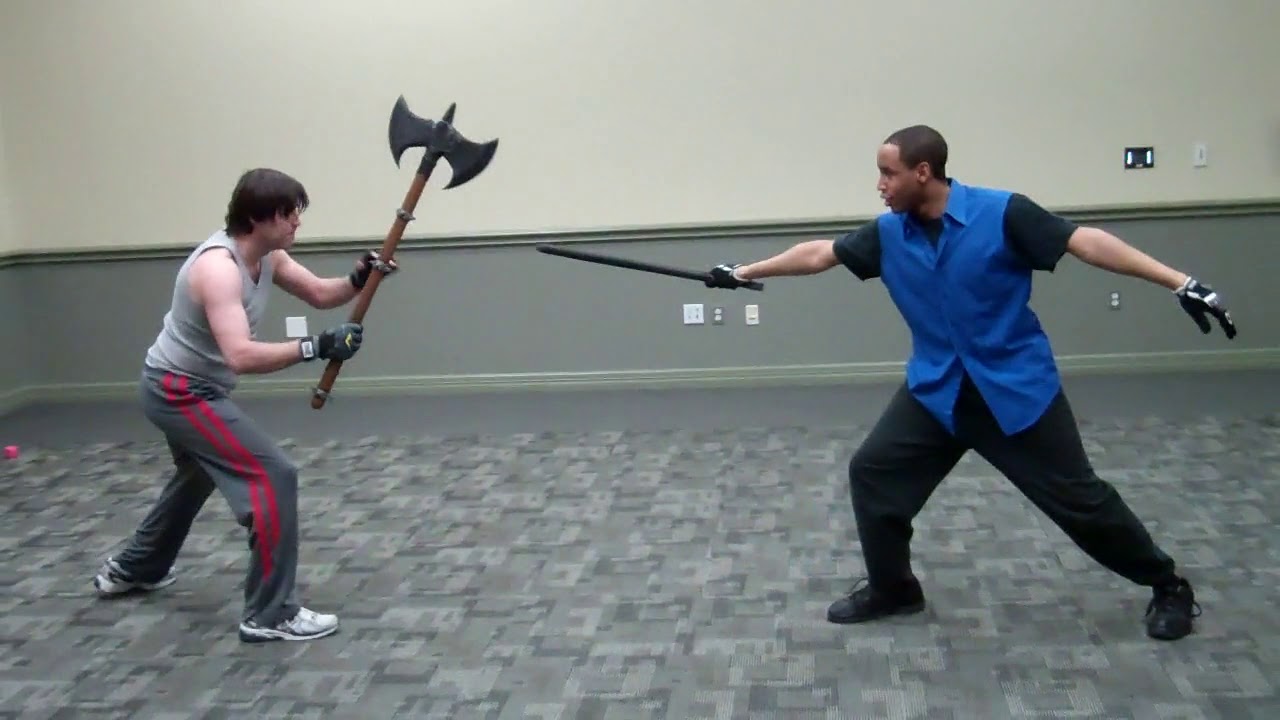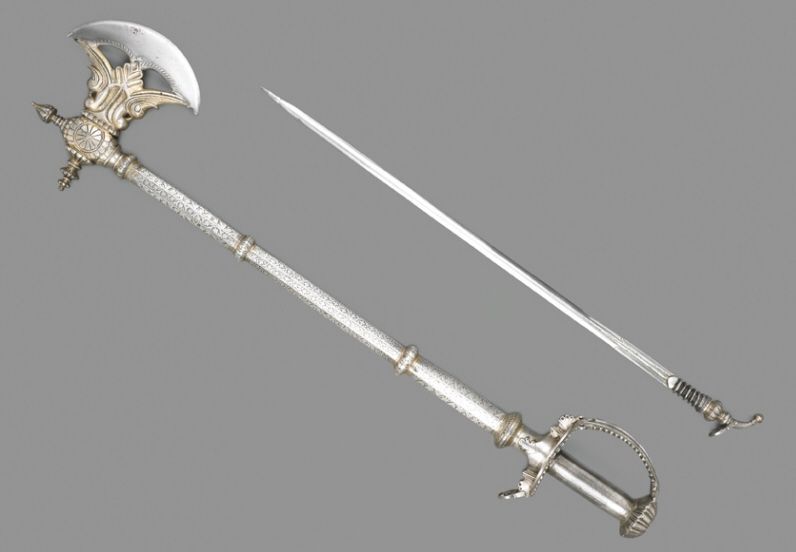Axes vs. Swords: Why Medieval Warriors Preferred the Axe
Posted by SwordsSwords on Nov 5th 2024
In the medieval era, both axes and swords played crucial roles on the battlefield. Warriors chose their weapons based on factors like purpose, versatility, and combat style. While swords often symbolize the nobility of knights, the medieval axe emerged as a formidable tool of war, celebrated for its raw power and effectiveness. In this post, we’ll dive into the reasons medieval warriors frequently favored the axe over the sword, exploring different types such as the medieval battle axe, Viking battle axe, and Viking throwing axe.
The Power and Versatility of the Medieval Axe
Medieval axes were designed to deliver powerful strikes, making them especially effective in close combat. Unlike swords, which required skill to handle, the battle axe medieval was easy to wield and could be used with lethal force by both trained soldiers and common warriors.
The medieval war axe evolved over time to suit various combat needs. For instance, double-headed battle axes were used for heavy strikes against armored opponents, while lighter, one-handed axes offered speed and maneuverability. These axes were also versatile enough to serve in non-combat tasks, such as chopping wood, making them invaluable in both wartime and peacetime.

Superior Penetration Against Armor
One of the most significant advantages of medieval axes over swords was their ability to pierce through armor. Swords relied on precise, angled cuts or thrusts to bypass armor, which could be difficult against heavily armored opponents. However, an axe could deliver a powerful, focused impact, capable of breaking through plate armor or chainmail. This made axes essential in battles where warriors wore heavy armor.
Medieval battle axes often featured a sharp blade and a pointed spike, enhancing their piercing capabilities. When swung with force, the spike could penetrate even the toughest armors, making the medieval battle axe a highly feared weapon on the battlefield.
The Viking Influence and Cultural Significance
The rise of the Viking battle axe in medieval Europe influenced many warriors’ choice of weapon. Vikings, known for their raiding and seafaring prowess, favored axes for their practicality and effectiveness in battle. The Viking throwing axe, or “francisca,” was particularly feared for its deadly accuracy and was often thrown at enemies to break their lines before close combat.
The Viking culture placed significant value on axes, viewing them as symbols of both warfare and status. This cultural influence spread to other regions, making axes a popular choice among medieval warriors across Europe. Today, enthusiasts can find medieval axes for sale and Viking throwing axes to experience a piece of history for themselves.
Cost and Accessibility
Swords, particularly those made for knights, were expensive and time-consuming to craft. They required skilled blacksmiths to forge and were often reserved for nobility and elite warriors. Axes, on the other hand, were more accessible. Even though there were high-quality axes designed specifically for battle, such as the medieval war axe, they were still generally more affordable than swords.
This accessibility made axes a popular weapon among common foot soldiers and mercenaries who couldn’t afford a sword. As a result, the medieval axe became widely used across various social classes, while swords remained a symbol of status and wealth.

The Symbolism of Swords in Medieval Society
Swords carried a different kind of appeal. For the knightly class, a sword was a symbol of honor, valor, and social standing. These weapons were passed down through generations, often bearing intricate engravings and designs, like cool swords we see replicated today. Collectors and enthusiasts can even find real swords for sale and swords to buy that replicate medieval craftsmanship.
Despite their symbolic importance, swords required skill to wield effectively, making them less practical in large, chaotic battles. While a sword represented a warrior’s identity, the medieval axe was valued for its functionality and raw power, making it a practical choice for those prioritizing survival over symbolism.
Axes in Modern Collecting and Reenactments
Today, the fascination with medieval weaponry continues, with many people collecting medieval axes and swords for sale. Whether for display, reenactments, or cosplay, these historical pieces offer a glimpse into medieval warfare. Collectors can find a range of medieval axes for sale, from the rugged Viking battle axe to the imposing medieval war axe. For those interested in swords, options range from anime swords to cool swords designed for modern collectors.
Conclusion
While swords remain iconic symbols of the medieval era, axes held a special place on the battlefield for their efficiency, affordability, and sheer power. From the deadly Viking throwing axe to the versatile medieval battle axe, these weapons allowed warriors to fight effectively regardless of their status. The legacy of the medieval axe lives on, captivating collectors and history enthusiasts worldwide.
Both medieval axes and swords are still popular among collectors and history enthusiasts, and you can find a variety of them available at swordsswords.com. Whether you’re interested in an authentic medieval axe for sale or are drawn to cool swords and swords to buy, swordsswords.com has options for every collector.

